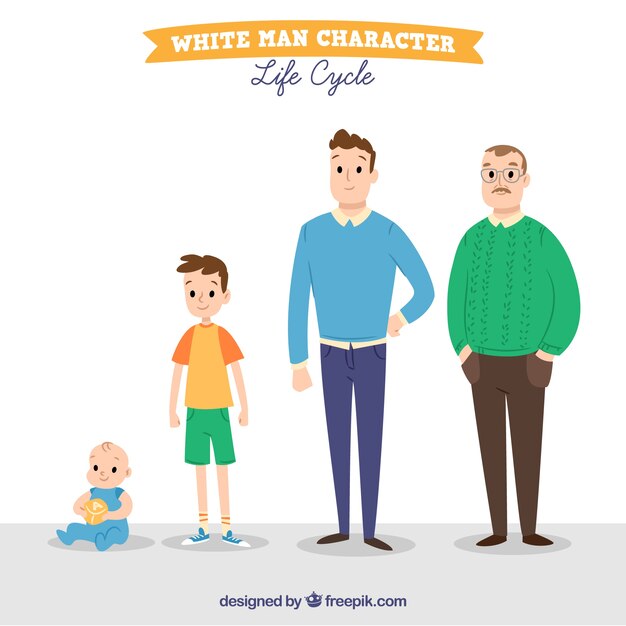Creating Comprehensive Lesson Plans for Elementary to K-12 Students: Structured Approach and Components
Lesson planning for K-12 students demands a versatile and comprehensive approach that caters to the diverse developmental stages and learning needs across kindergarten through 12th grade. Effective lesson plans serve as the foundation for delivering engaging, structured, and purposeful instruction that aligns with curriculum objectives. Here’s an in-depth guide outlining the structured components of lesson plans for K-12 students, presented in a table format, to aid educators in crafting effective teaching strategies for various grade levels.

Page Contents
Lesson Plan Structure for Elementary to K-12 Students
Objective: Foster holistic development, cater to diverse learning needs, and align with curriculum standards across K-12 grades.
| Components | Description |
|---|---|
| Introduction | Engaging activity or discussion to capture students’ attention. |
| Objective Setting | Clear articulation of learning objectives aligned with curriculum goals. |
| Instructional Methods | Varied approaches (lecture, group work, multimedia, etc.) to deliver content. |
| Activities & Tasks | Application-based exercises, group projects, or individual tasks. |
| Assessment & Feedback | Methods for evaluating learning outcomes and providing feedback. |
| Conclusion | Summary, review of key points, and transition to the next lesson. |
Grade-Specific Components and Examples
- Kindergarten to Grade 5
- Introduction (10-15 minutes): Interactive storytelling, visual aids, or a brief game to engage young learners.
- Objective Setting: Clearly state learning goals in simple terms, focusing on foundational skills in math, language arts, and social skills.
- Instructional Methods: Incorporate hands-on activities, songs, and visuals to teach basic concepts.
- Activities & Tasks: Craft activities such as drawing, storytelling, or group games to reinforce learning.
- Assessment & Feedback: Use simple quizzes, observations, or verbal feedback to evaluate understanding.
- Conclusion: Review the day’s activities and preview what’s coming next.
- Grades 6 to 8 (Middle School)
- Introduction (10 minutes): Thought-provoking question or short video related to the topic to pique interest.
- Objective Setting: Clearly articulate learning objectives aligned with the middle school curriculum.
- Instructional Methods: Utilize multimedia, discussions, and collaborative activities to present content.
- Activities & Tasks: Assign group projects, debates, or research-based assignments to deepen understanding.
- Assessment & Feedback: Implement quizzes, written assignments, or peer evaluations for assessment.
- Conclusion: Recap key points, encourage reflection, and assign homework tasks.
- Grades 9 to 12 (High School)
- Introduction (10-15 minutes): Real-world connections, debates, or case studies to engage older students.
- Objective Setting: Clearly define learning objectives aligned with high school academic standards.
- Instructional Methods: Employ lectures, discussions, research projects, and simulations for content delivery.
- Activities & Tasks: Assign critical analysis tasks, research papers, or problem-solving scenarios.
- Assessment & Feedback: Use exams, essays, presentations, and peer reviews for assessment.
- Conclusion: Summarize, encourage critical thinking, and relate the lesson to future topics or careers.
Considerations and Strategies
- Differentiated Instruction: Tailor activities to accommodate diverse learning styles and abilities.
- Technology Integration: Use technology resources suitable for the respective grade levels.
- Higher-Order Thinking: Design tasks that encourage analysis, synthesis, and evaluation.
- Real-Life Applications: Connect lessons to real-world scenarios for relevance and understanding.
- Collaborative Learning: Encourage group work and peer learning opportunities.
Conclusion
Crafting lesson plans for K-12 students requires a structured approach that adapts to the varying developmental stages and learning needs. These plans aim to engage students, foster critical thinking, and align with curriculum objectives across different grade levels. Educators play a pivotal role in designing purposeful and engaging learning experiences that support students’ academic growth and readiness for future challenges.
Creating lesson plans for K-12 students involves tailoring activities and instructional methods to suit different developmental stages and learning needs. The provided structure, grade-specific components, and strategies aim to guide educators in designing engaging and comprehensive lesson plans that cater to diverse K-12 student populations.






